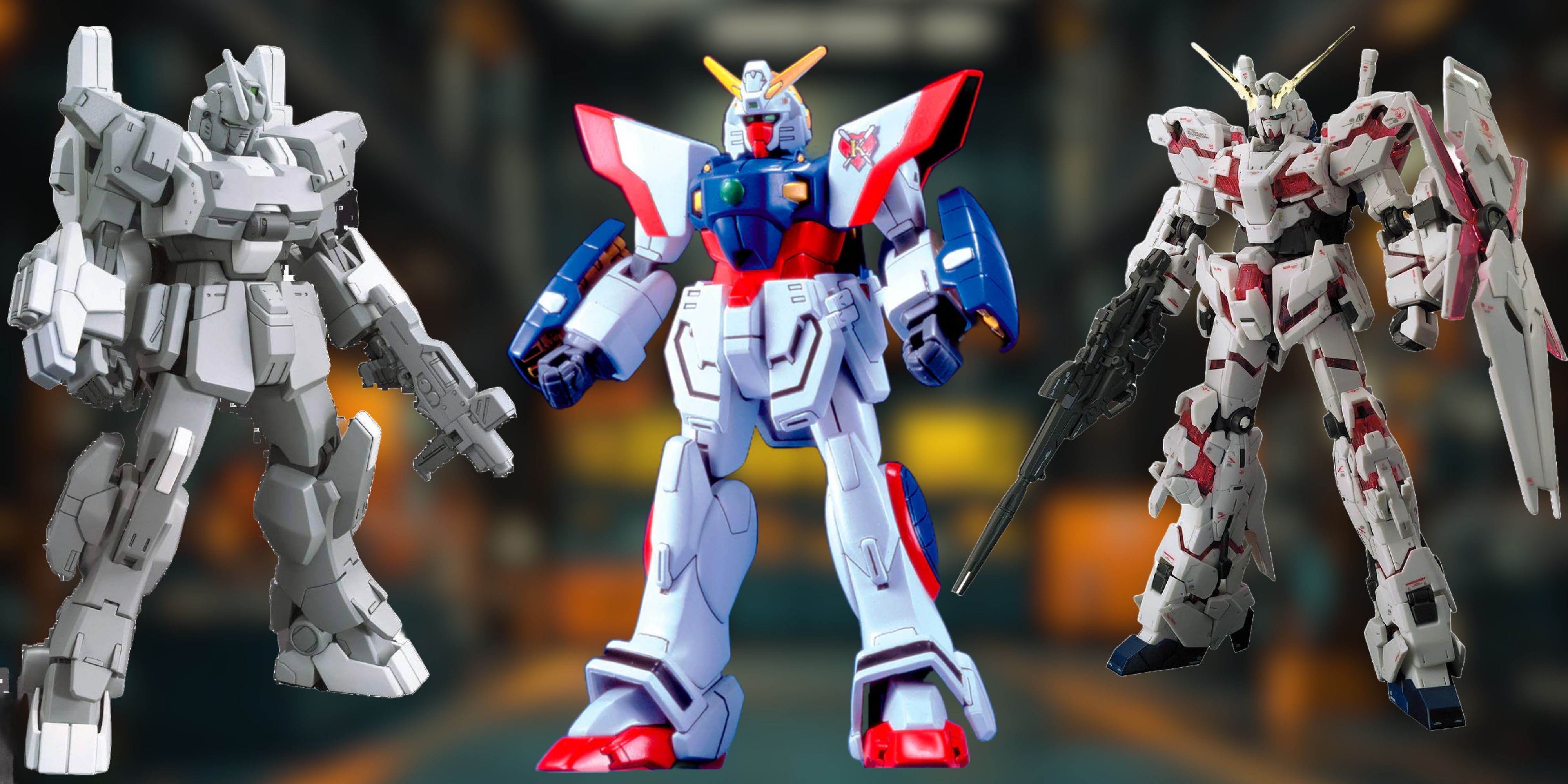 Legend has it that somewhere in Japan, there’s a secret underground bunker where Bandai executives gather around a massive table once a year and ask, “How can we make plastic even more complicated?” Then they laugh maniacally while inventing new Gunpla grades that will simultaneously delight and bankrupt their loyal fans.
Legend has it that somewhere in Japan, there’s a secret underground bunker where Bandai executives gather around a massive table once a year and ask, “How can we make plastic even more complicated?” Then they laugh maniacally while inventing new Gunpla grades that will simultaneously delight and bankrupt their loyal fans.
High Grade (HG): The Gateway Drug
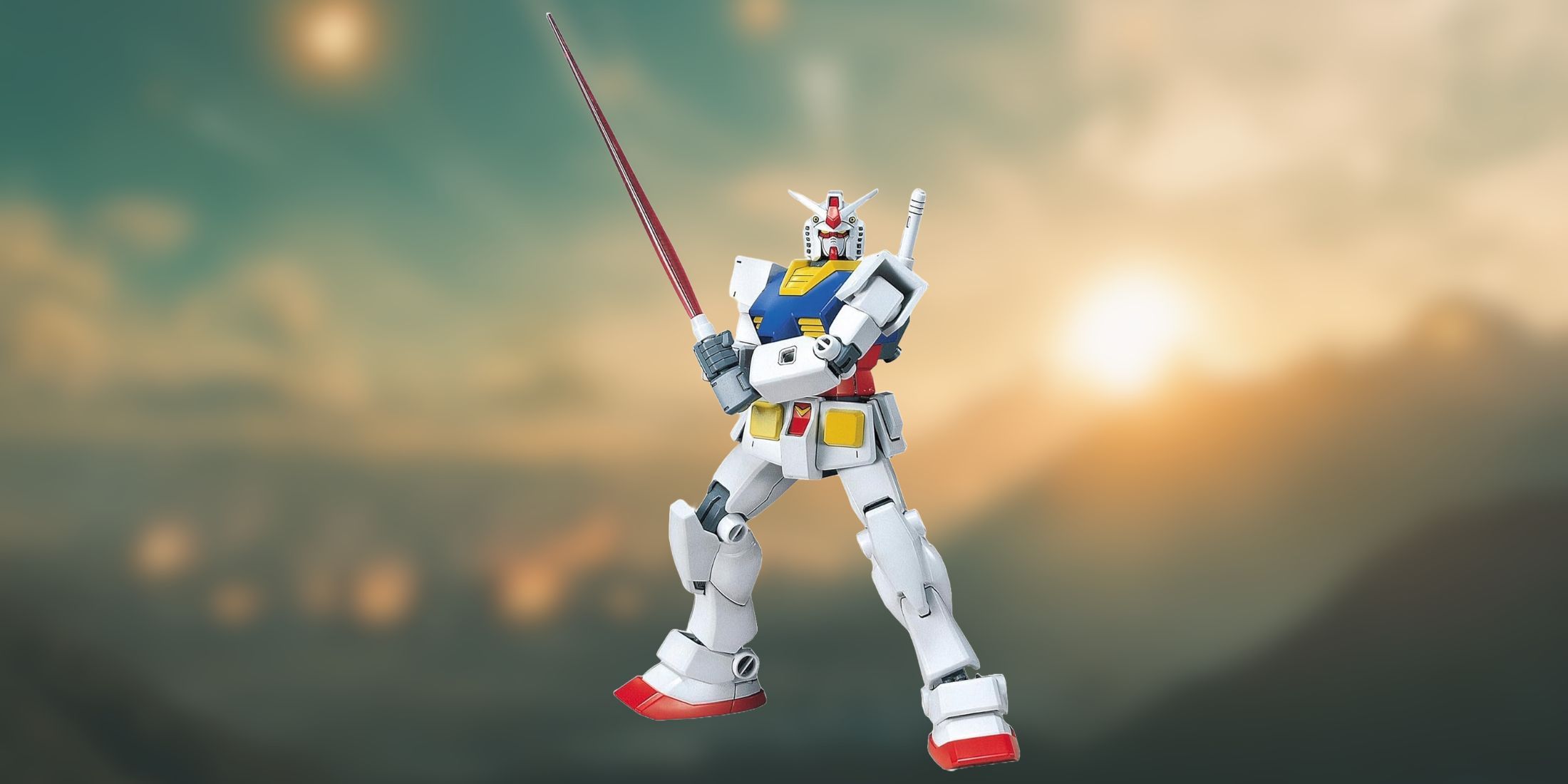
Every journey into Gundam model building begins at some point, and often that point is a High Grade kit. Launched in 1990, High Grades are like common Toyota Corollas in the Gundam universe – dependable, cost-effective, and abundant. Normally priced between $15-$30, these 1/144 scale kits (approximately 5 inches tall) serve as an ideal starting point for beginners.
As a film enthusiast with a particular fondness for anime and mecha, I’ve come to appreciate the unique charm of HG kits. With over 300 models, it seems that if a mobile suit graced our screens for more than a fleeting three seconds in any Gundam series, there’s likely an HG model waiting for me. From iconic classics like the RX-78-2 to lesser-known background suits from Build Fighters, the sheer breadth of this collection is nothing short of astounding.
Modern High Grades have come a long way from their ancestors. Current HG kits feature:
- Snap-fit construction
- Decent articulation
- Relatively simple color separation
- Around 100-150 parts
- Completion time of 2-4 hours
The main issue lies with color consistency. Although Bandai has made significant strides over time, you may occasionally encounter figures that are molded in a single color when they should be multi-colored. For instance, the knee vents that should be gray might still be white plastic like the legs. To address this, panel lining, stickers (or painting, if you’re feeling adventurous) can be used as solutions.
It’s important to mention that within the HGUC (High Grade Universal Century) category, there are models that correspond to the original timeline. When people talk about “modern HGs,” they often mean the kits produced after 2010, which have significantly advanced engineering compared to their counterparts from the ’90s.
Real Grade (RG): The Transformer Of Gundam Kits
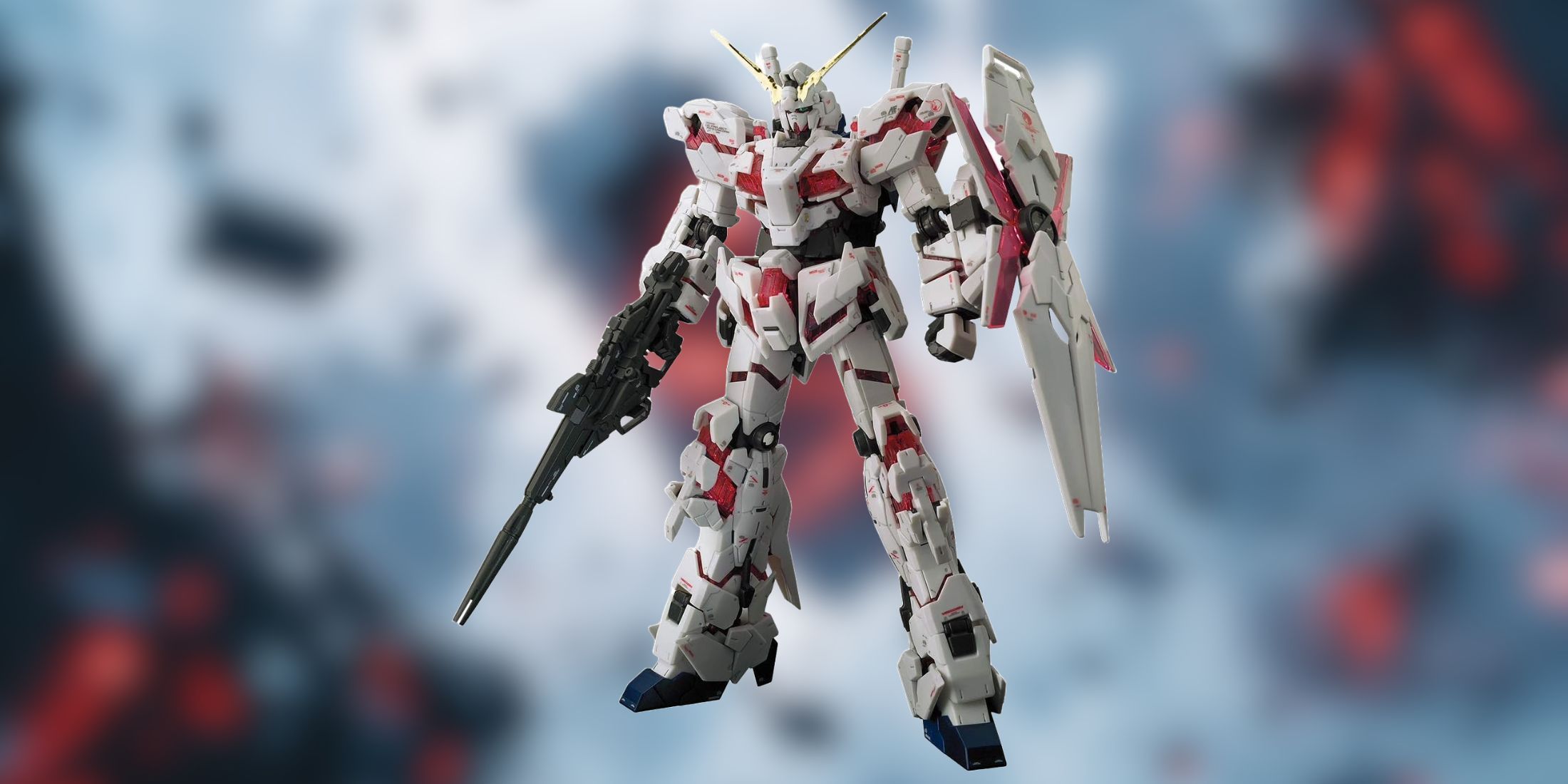
Inquiring about an experienced builder’s first Real Grade kit often leads to comments like: “It has incredible detail, but why won’t this arm stay connected?” These kits, introduced in 2010 as part of the 30th anniversary series, strive to incorporate Master Grade quality into a High Grade scale.
1/144 scale kits (equivalent to HG) come equipped with an innovative inner skeletal frame known as the “Advanced MS Joint.” This groundbreaking component was truly revolutionary upon its introduction, offering exceptional articulation and intricate details in a small, compact form. The early RG models were both awe-inspiring and challenging, much like attempting to reconcile mechanical mastery with the stability of a well-built card house.
Modern RGs have thankfully solved most stability issues. Current Real Grades feature:
- Around 300+ parts in a small package
- Pre-molded inner frames (in earlier kits) or built frame sections (in newer ones)
- Exceptional color separation with minimal stickers
- Micro-surface detail that makes parts look like metal
- Completion time of 5-8 hours
- Price range of $30-45
The major advancement was marked by what enthusiasts refer to as “RG 2.0”, which began with the RG Unicorn in 2017. Bandai significantly revamped the internal structure, focusing more on stability rather than gimmicks. Models such as the RG Nu Gundam, Sazabi, and Hi-Nu are often praised as some of the finest Gunpla kits ever produced, irrespective of their grade.
If you’re new to RGs, start with kits released after 2017. Your sanity will thank you.
Master Grade (MG): The Goldilocks Zone
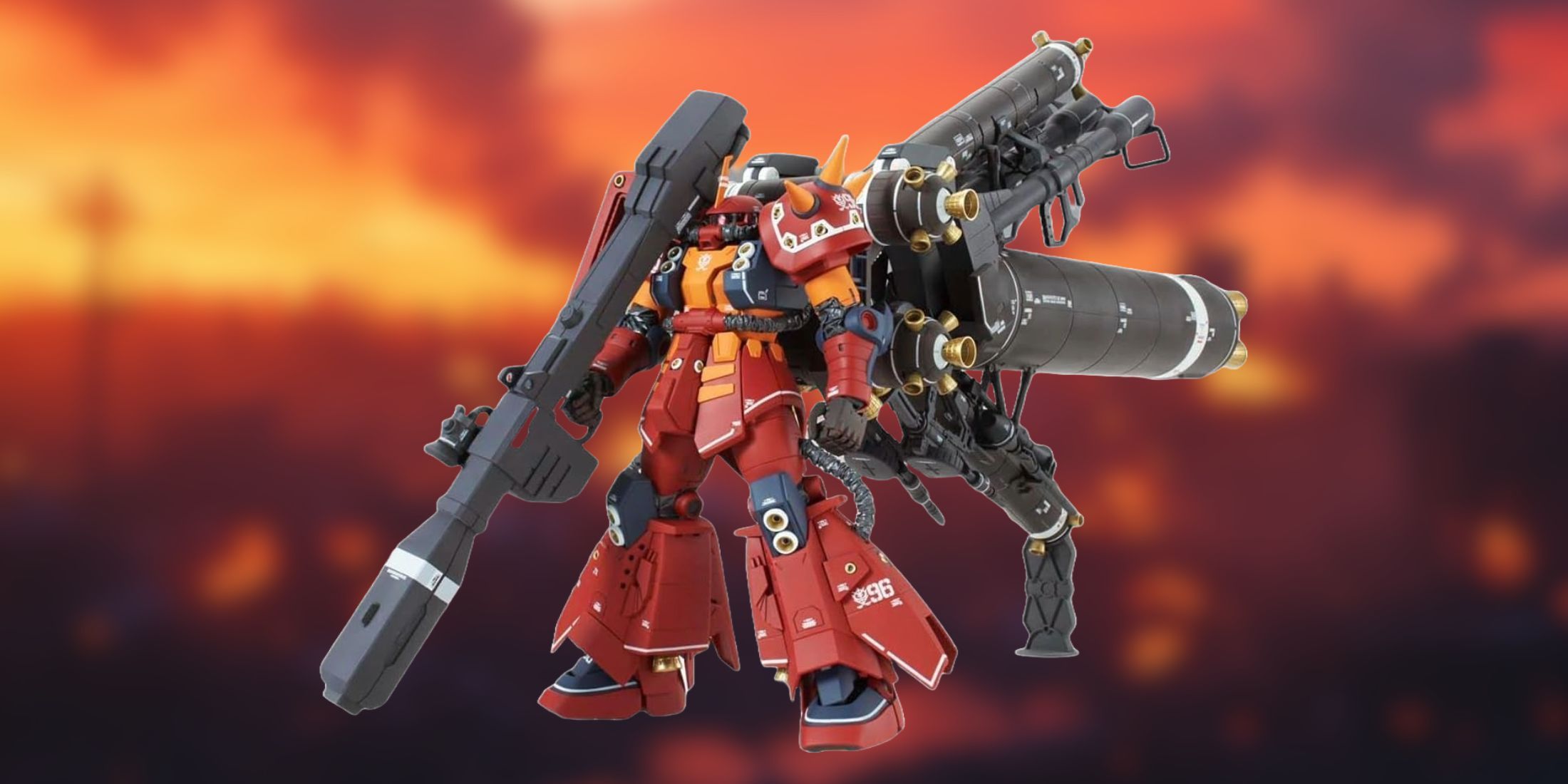
If High Grades are considered too basic and Perfect Grades are deemed too costly, Master Grades offer an optimal combination. Launched in 1995, these MGs are approximately 7-8 inches in height (representing a 1/100 scale) and provide an ideal blend of detail, affordability, and construction experience.
Master Grades are where Bandai’s engineers really show off. These kits feature:
- Full inner frames built piece by piece
- Excellent articulation and stability
- Detailed mechanical parts like pistons and hydraulics
- Around 300-600 parts
- Completion time of 8-15 hours
- Price range of $45-90
Over almost three decades, the Master Grade (MG) series has undergone a remarkable transformation. In its early days, Master Grades may appear rudimentary when compared to more recent releases. This progression can be observed in various branches such as the MG Ver. Ka, a design by renowned mecha artist Katoki Hajime, and the MG 2.0 series, which represents upgraded editions of older kits incorporating contemporary engineering.
Remarkable highlights are the MG Sazabi Ver. Ka (essentially miniature construction by now), MG Barbatos (boasting a frame resembling the skeleton from the anime), and the MG Dynames (incorporating a minuscule, articulated figure capable of aiming its sniper rifle).
As a cinephile, I must say that what I adore most about Master Grades is their perfect balance. They offer the satisfaction of completing something substantial yet they don’t swallow up my entire month or living space like the more extensive projects do. Instead, they provide a manageable challenge that leaves room for other cinematic delights!
Perfect Grade (PG): The Mortgage-Worthy Showstoppers
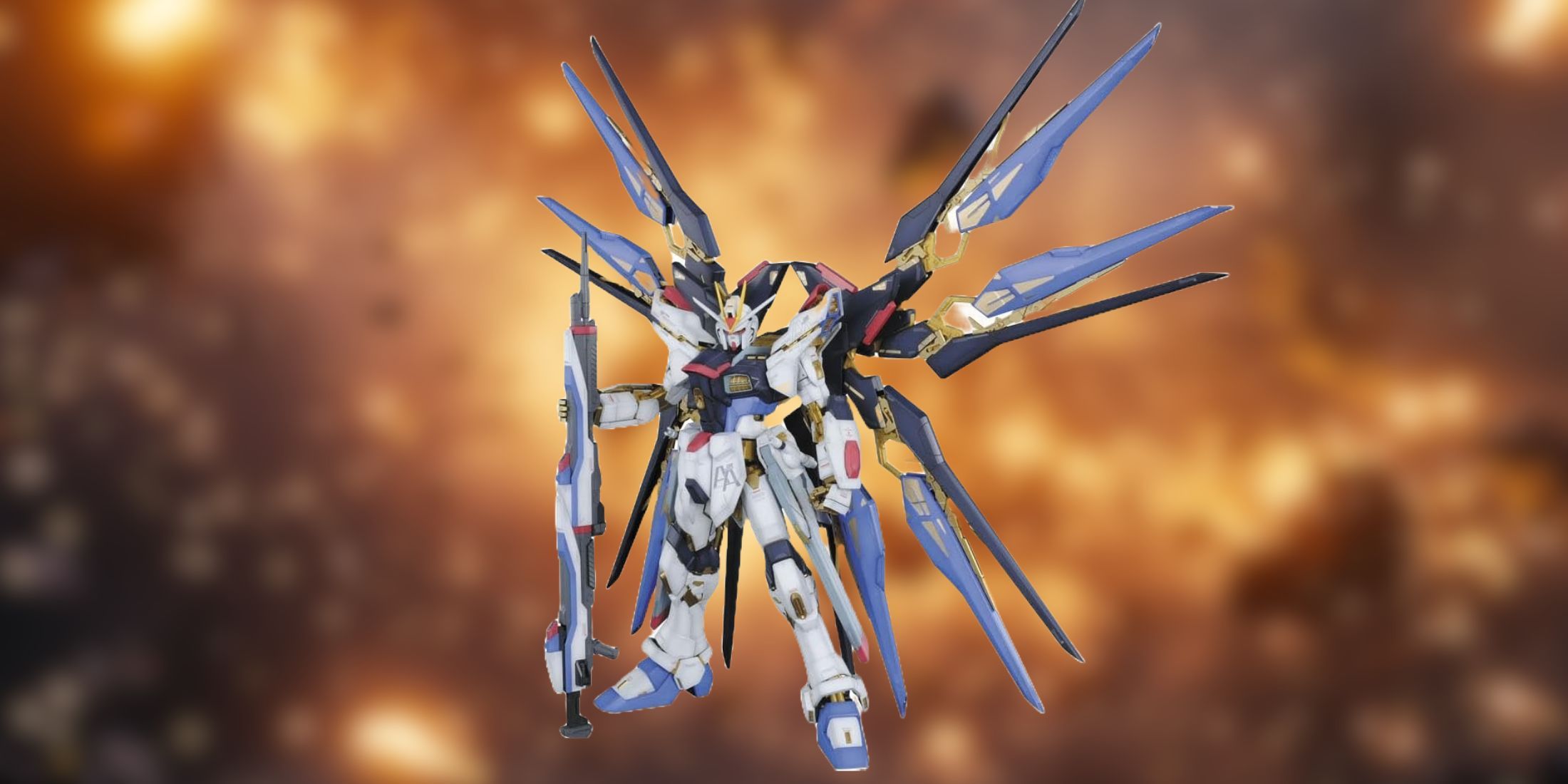
As a die-hard movie enthusiast, I recall the time when I encountered my very first Perfect Grade model kit up close. The instant reaction was a blend of surprise and wonder, thinking to myself, “Wow, this is a…model?” That thought swiftly transitioned into another question, “Just how much does this masterpiece cost?!
Achieving Perfect Grades showcases Bandai’s engineering prowess at its zenith. Debuted in 1998 with the PG RX-78-2, these 1/60 scale giants (approximately 12 inches tall) are more akin to plastic tributes to devotion rather than typical model kits.
What makes Perfect Grades special:
- Incredible detail down to hydraulic pistons and sliding armor panels
- LED light-up features (usually sold separately, because of course)
- Metal parts in select locations for durability and weight
- Around 600-1000+ parts
- Intricately detailed inner frames visible through armor gaps
- Construction time of 20-40 hours (spread over days or weeks)
- Price range of $150-300+
Constructing a High-Quality Model Kit seems less like a pastime and more akin to miniature engineering projects. These sets frequently come equipped with intricate details such as functional hatches, articulated hand parts that mimic individual fingers, detachable armor sections, and cockpits complete with seated pilot figurines.
In casual conversation, you’ll find me treating Gundam and Gunpla as if they are one and the same. Strictly speaking, Gundam refers to the anime series, while Gunpla is the model building kit. However, many enthusiasts, including myself, often fail to distinguish between them due to their close connection.
As a passionate collector, I can’t help but marvel at some truly stunning Perfect Grade (PG) kits. Among these masterpieces, the 2020 reimagined RX-78-2 Perfect Grade Unleashed stands out, making the original seem as if it were a toy from a Happy Meal. The PG Unicorn is another remarkable piece, offering not just transformation but also LEDs for an authentic psycho-frame illumination. Lastly, the colossal PG Strike Freedom leaves me awestruck with its wingspan that easily overpowers any display it graces.
After constructing a high-end Perfect Grade model, simpler standard versions may seem less satisfying. It’s often the case that people acquire several Perfect Grades, even after promising themselves they would only buy one when they initially made the purchase.
Super Deformed (SD): The Adorable Outlier

It’s not essential for every Gundam model to appear threatening. Instead, SD (Super Deformed) kits convert powerful mobile suits into adorable, chibi versions characterized by oversized heads and short limbs. These compact models stand approximately 3 inches tall, offering immediate satisfaction as they can be assembled in less than an hour.
SD kits are divided into various sub-lines, with the most common being:
- SD Gundam World (the original line)
- SD Sangokuden (based on Romance of the Three Kingdoms)
- SDCS (Cross Silhouette, a newer line with improved proportions)
- SDEX (Standard)
The advanced SDCS series is worth highlighting, as it presents a versatile frame system enabling constructors to opt for either the classic super-deformed dimensions or a more symmetrical appearance.
Priced between $10-20, SDs are perfect for:
- Quick builds between larger projects
- Builders with limited display space
- Testing paint schemes before committing to larger kits
- Children or beginners intimidated by more complex models
- People who appreciate the inherent humor of a war machine with a massive adorable head
RE/100 (Reborn One Hundred): The Forgotten Middle Child

If you’re looking for a large 1/100 scale model, but don’t require the intricate inner frame of a Master Grade model, then RE/100 is your answer. This series from Bandai serves as an alternative for less common mobile suits that wouldn’t warrant a full Master Grade treatment.
Introduced in 2014, RE/100 kits are essentially “High Grade 1/100” models:
- 1/100 scale with simplified construction
- No full inner frame
- Cheaper than MGs ($35-50)
- Focuses on mobile suits from side stories or less popular series
- Good articulation despite simplified engineering
These kits serve an essential purpose, transforming lesser-known designs such as Hamma Hamma, Gun EZ, and Bawoo into 1/100 scale models. Unlike Master Grade kits, these don’t incur the high development costs associated with their production. They are ideal for Universal Century enthusiasts or those who appreciate less mainstream mobile suits.
Premium Bandai (P-Bandai): The FOMO Factory
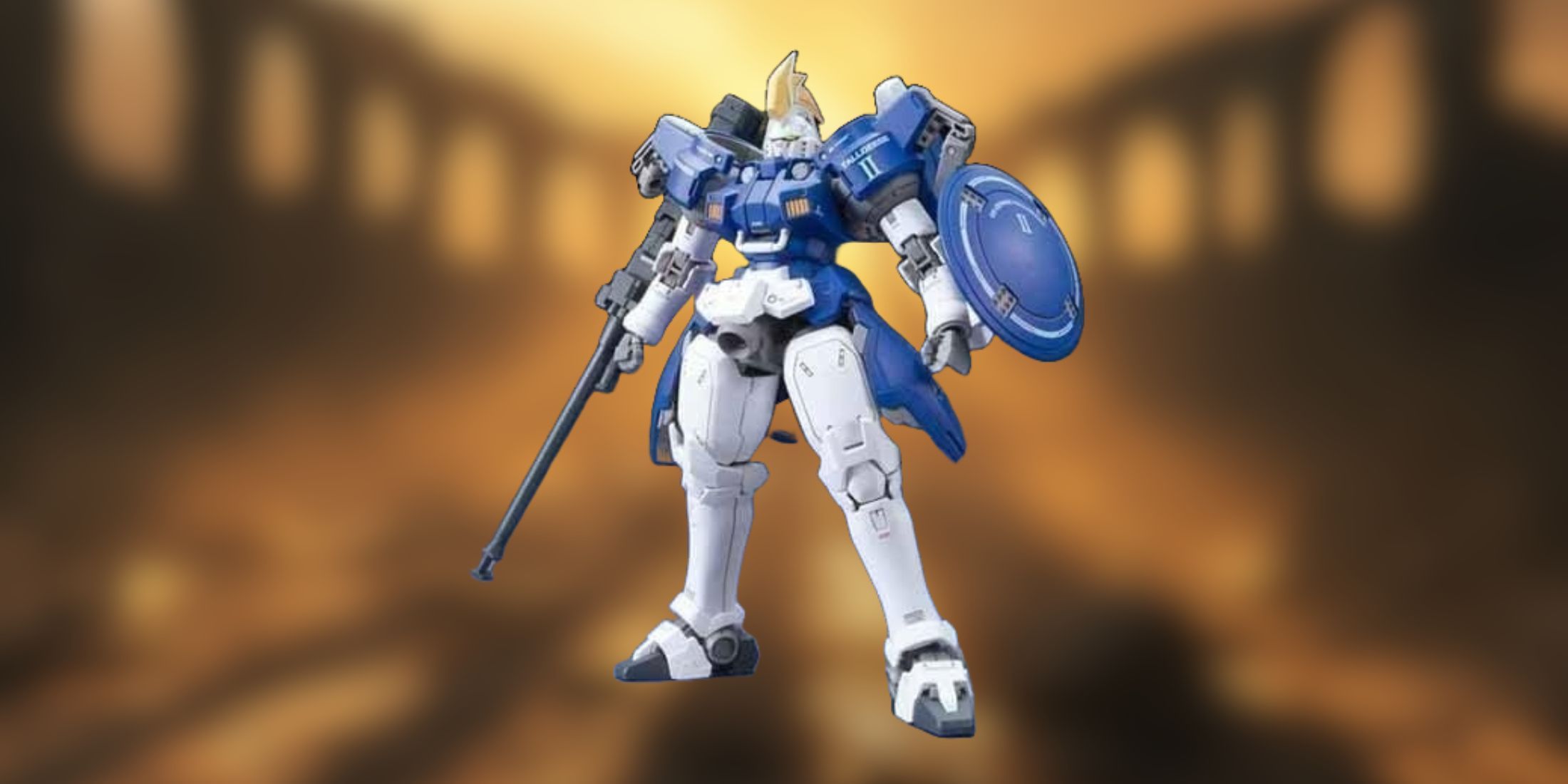
Mentioning P-Bandai is worthwhile because it’s an exclusive sales outlet that often leaves collectors in a financially tight spot. These special edition kits, spanning all grades, have one common characteristic: they are artificially scarce, which can prompt you to buy them quickly before resellers inflate the price threefold.
P-Bandai releases typically feature:
- Alternate colors or equipment for existing kits
- Minor retooling of standard releases
- Side story or obscure mobile suits
- Pre-order windows that close faster than you can say “Char Aznable”
- Price premiums of 20-40% over standard releases
Previously, the P-Bandai system was a headache for builders in the West, necessitating Japanese proxy services and exorbitant shipping fees. Luckily, Bandai has opened official P-Bandai stores globally, although its exclusivity still persists.
Heed this tip: Should you come across a P-Bandai model that catches your fancy, don’t hesitate; purchase it straight away. Delaying your decision often results in finding yourself mourning over missed bids on eBay.
Mega Size: When Bigger Is Better
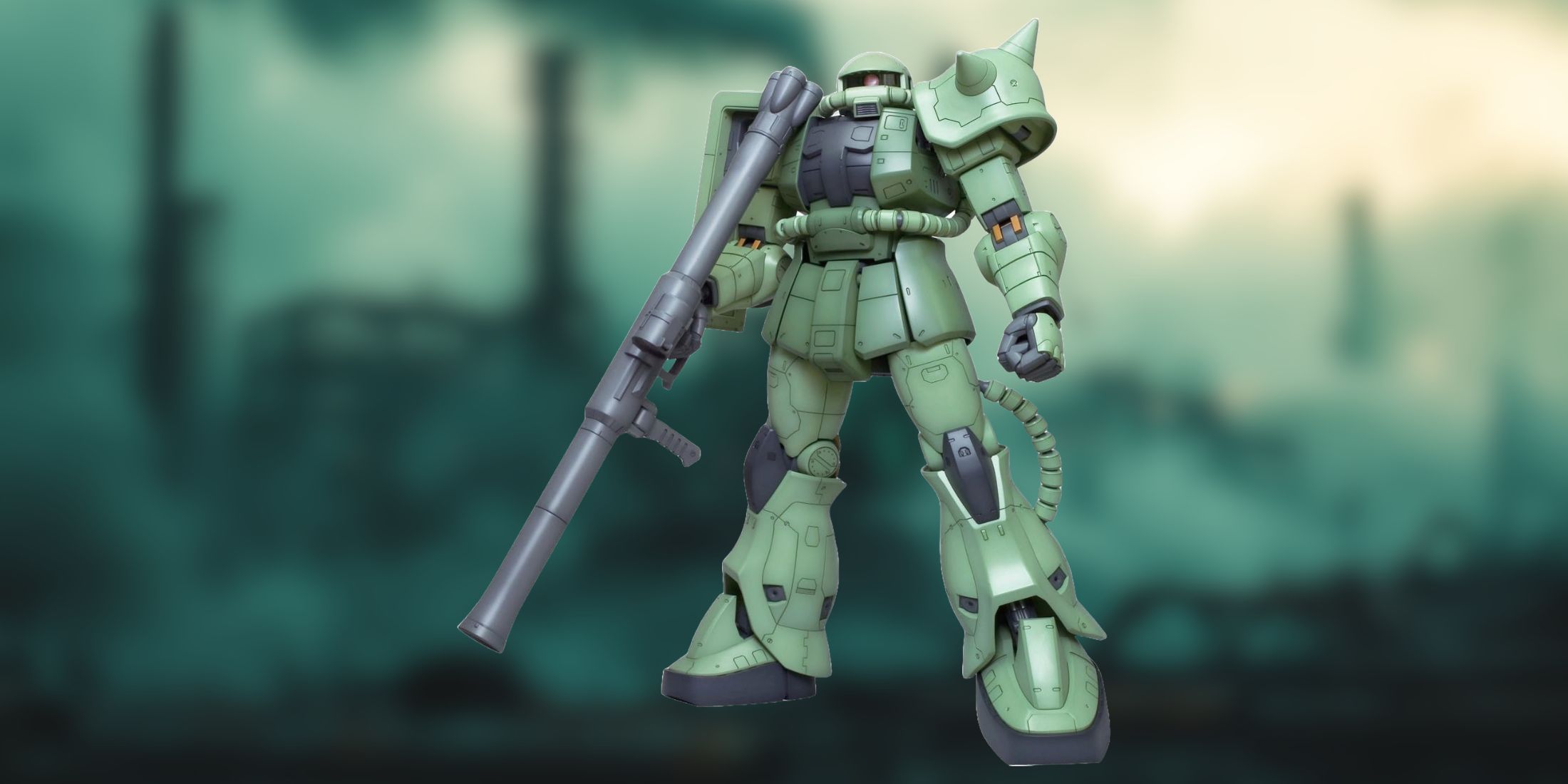
On certain instances, standard-sized Gundams might not be quite impressive enough. To cater to such moments, Bandai designed the Mega Size series, equivalent to a 1/48 scale, which translates to towering figures approximately 15 inches in height.
Despite their impressive size, Mega Size kits are engineered for simplicity:
- Approximately 200-300 parts (surprisingly few for the size)
- Limited color separation
- Basic inner structure (not a full frame)
- Completion time of 3-5 hours
- Price range of $80-120
Just a few models have been given the Mega Size upgrade, mainly heroic suits such as the RX-78-2, Unicorn, and Zaku II. These massive figures are eye-catching centerpieces, but they don’t offer the intricate details found in smaller premium versions – think of them as larger scale High Grades instead of supersized Master Grades.
Entry Grade (EG): The True Beginner’s Gateway

Bandai’s latest series, Entry Grade, is designed to offer a straightforward and high-quality experience for beginners, utilizing advanced technology. Debuted in 2020, these 1/144 scale models focus on ease of use without compromising on quality.
Entry Grades feature:
- Remarkably good color separation without stickers
- Runner gates (connection points) placed in less visible areas
- Extremely simple construction requiring no tools
- Surprisingly good articulation
- Completion time of 30-60 minutes
- Budget-friendly pricing ($10-15)
Among seasoned builders, the RX-78-2 Entry Grade model has gained significant popularity due to its ability to deliver remarkable color precision and articulation, all while maintaining an affordable price range. This suggests that being beginner-friendly doesn’t always equate to sacrificing quality.
No Grade (NG): The Time Capsules
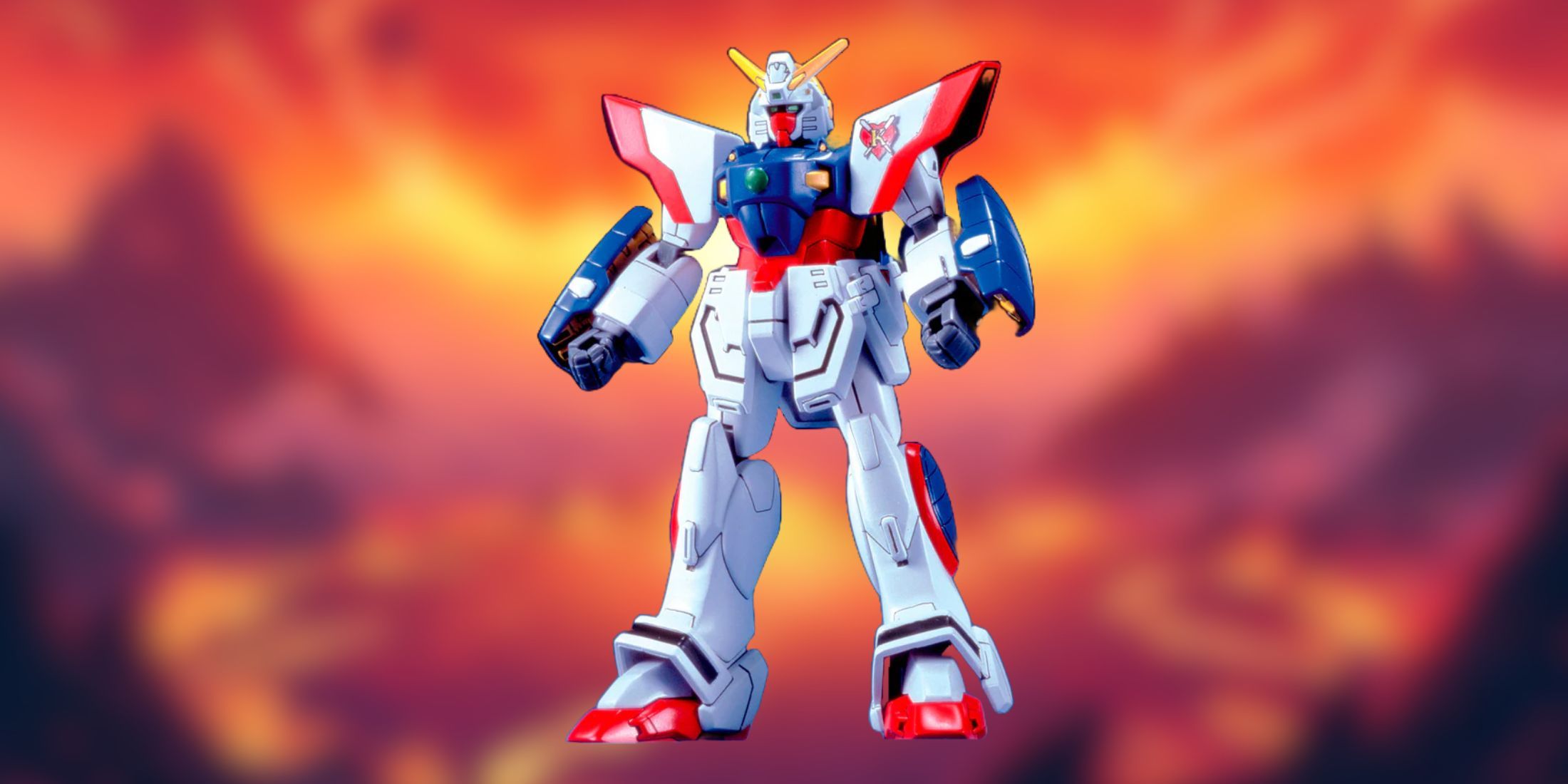 “No Grade” isn’t an official classification, so to speak, but rather what builders call older kits released before the grade system existed. These vintage kits from the 80s and early 90s are best viewed as historical artifacts rather than something you’d actually want to build (unless you enjoy pain). Characteristics of vintage No Grades:
“No Grade” isn’t an official classification, so to speak, but rather what builders call older kits released before the grade system existed. These vintage kits from the 80s and early 90s are best viewed as historical artifacts rather than something you’d actually want to build (unless you enjoy pain). Characteristics of vintage No Grades:
- Often require glue
- Minimal articulation (sometimes just at the shoulders and neck)
- Simplified color schemes requiring extensive painting
- Visible seam lines that would make modern builders cringe
- Historical value for collectors
While these kits are objectively terrible by modern standards, they hold nostalgic value for veteran builders. Some collectors specifically seek out original 1980 First Grade kits as display pieces representing Gunpla history.
Which Grade Is Right For You?
Following all the details provided, you may still be uncertain about the ideal grade to purchase. To help simplify your decision, here’s a quick guide for recommendations:
|
The charm of Gunpla lies in the freedom to choose… except when it’s the temptation to keep gazing at your virtual shopping cart, rather than taking action and crafting something yourself. The ideal grade is the one that encourages you to hit ‘buy’, and savor the distinct pleasure of turning simple plastic pieces into a poseable masterpiece of mecha art.
Regardless of the level you select, there will always be another set following this one – a statement that serves as both a heads-up and an assurance.
Frequently Asked Questions
What’s the difference between grade and scale?
The term “Scale” signifies the proportion of a model’s size compared to the actual mobile suit from the fictional universe. For instance, 1/144 implies that the model is one fourty-fourth the size of the mecha, which usually makes most High Grade (HG) models about 5 inches tall. The term “Grade,” however, signifies the level of complexity, craftsmanship, and detail in the kit, regardless of its size. It’s possible to have different grades at the same scale—for example, HG and RG are both 1/144—or the same grade at varying scales, like the uncommon 1/60 High Grades versus standard 1/144 HGs.
What’s the difference between stickers, decals, and waterslides? Which should I use?”
Stickers in kits often come pre-cut and sticky. They’re conveniently easy to attach, but they do have noticeable edges, may not last long, and can potentially yellow over time. On the other hand, decals are usually found in premium kits. These don’t show any edges, but once applied, they cannot be removed or repositioned. They’re also limited in quantity. The top-tier option is waterslide decals, which are almost invisible when correctly placed, even on curved surfaces. However, applying them requires significant skill and tools like a mark setter.
I’m completely overwhelmed. Just tell me: what’s the one kit I should start with?
If you’re looking for a highly-regarded model kit that’s suitable for beginners, I strongly recommend the HG RX-78-2 Gundam (The Origin Version). This model boasts affordability, excellent articulation, and is widely available, making it an ideal choice for newcomers. It offers a perfect balance between challenge and accessibility without breaking the bank or overwhelming you with too many parts. In my view, it’s the ideal starting point for anyone dipping their toes into the world of model building.
Read More
- Top 8 UFC 5 Perks Every Fighter Should Use
- Unlock the Magic: New Arcane Blind Box Collection from POP MART and Riot Games!
- Unlock the Best Ending in Lost Records: Bloom & Rage by Calming Autumn’s Breakdown!
- Unaware Atelier Master: New Trailer Reveals April 2025 Fantasy Adventure!
- How to Reach 80,000M in Dead Rails
- Unlock Roslit Bay’s Bestiary: Fisch Fishing Guide
- Unleash Hell: Top10 Most Demanding Bosses in The First Berserker: Khazan
- REPO: How To Fix Client Timeout
- Reverse: 1999 – Don’t Miss These Rare Character Banners and Future Upcoming Updates!
- How to Unlock the Mines in Cookie Run: Kingdom
2025-04-16 21:08